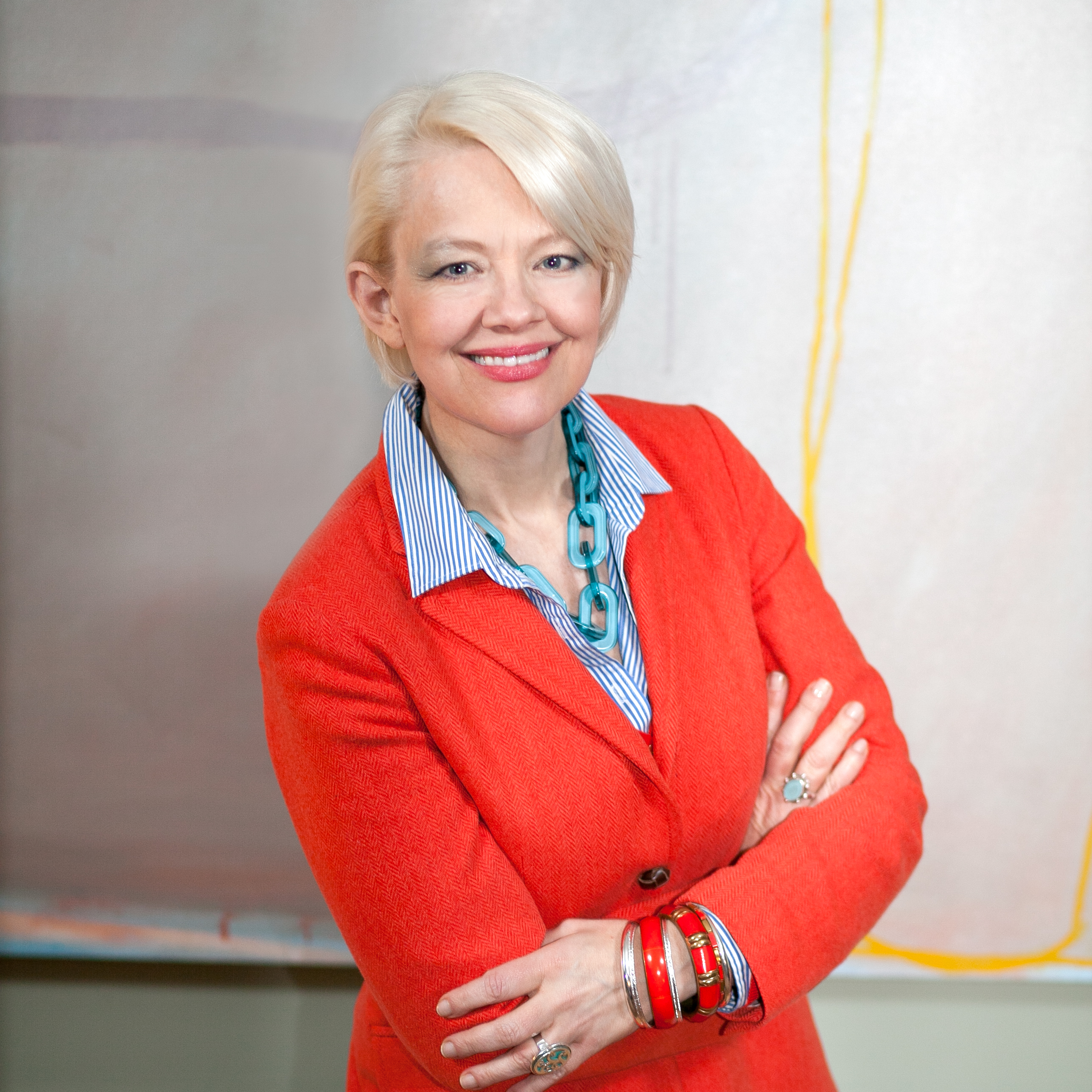Remembering Women Who Fought for Integration in the Nation’s Capital.
- Kim Sajet

- Jul 4, 2019
- 4 min read
80 years ago, terrified but determined, looking out at over 75,000 people and a broadcast to millions more, Marian Anderson—the famous contralto—made a decision. She changed the third line in her opening song, America, from singular to plural: "My country, 'tis of thee, Sweet land of liberty. Of thee we sing." Her gesture of inclusion was not just brave, but also symbolic, because it took place in the heart of our nation's capital. [Hear her concert]
Many school children today learn of the story of Anderson and her now-famous concert on the Lincoln Memorial steps on Easter Sunday in 1939 as a result of her being denied access to Constitution Hall by the Daughters of the American Revolution. What they may not realize, however, is that Anderson is one of many black women, still underacknowledged today, who took the higher ground and fought to integrate all Americans under one flag. On the occasion of the opening of the One Life: Marian Anderson exhibition at the National Portrait Gallery, and the American Women’s History Initiative across the Smithsonian, we remember Anderson and other exemplary women of color this fourth of July.
Take for example, Alethia Browning Tanner, formerly enslaved in Prince George's County who sold vegetables across from the White House. She managed to purchase her own freedom in 1810 and eventually that of 18 others including her sister, brother-in-law, and their children. At a time when D.C.’s white society sold slaves and free blacks were forced to comply with restrictive laws that policed everything from curfews at night to the types of jobs they could take—including a constant threat of being kidnapped and being sold into bondage,—Tanner held land, managed a store, and co-founded the Bell School for free children of color, with a white man, Mr. Lowe, as its first teacher.
A century later Mary Church Terrell, one of the first African American women to earn a college degree and publish a book advancing radical ideas of inclusion and equality, coined the motto "Lifting as we climb," as one of the founders of the National Association for the Advancement of Colored Women. In 1910 she fought an anti-discrimination suit to become the first black member of the American Association of University Women. Then, at the age of 86, she went all the way to the Supreme Court to overturn the segregation of restaurants in the District of Columbia. Terrell taught at the M Street Colored School (now Dunbar High School) in D.C., which was the first in the nation to offer a college preparatory education to African American students. Anna Julia Cooper, the school’s principal was also a force for positive change, moving on from the institution to publish and lecture widely for African American women’s civil rights and universal suffrage. [To learn more, visit the Votes For Women exhibition Google Arts & Culture site]
When Ida B. Wells-Barnett, a fierce journalist and anti-lynching crusader, arrived to take part in the first march on the National Mall to agitate for women's right to vote in 1913 only to be told that she had to march at the back of the parade in the "colored delegation." She showed her mettle by slipping out of a group of spectators at the side of the road to join the white women of Illinois walking proudly behind their state banner. [Learn more about Ida by listening to the PORTRAITS podcast with Jill Lepore]
Similarly, when one of her children was hit by a car in the streets of Washington, after being expelled from her home-state of Virginia for 25 years because her marriage to a white man was not recognized, Mildred Loving, part African American and part Rappahannock, found her inner resolve. Together, with her husband Richard, Loving engaged in a nine-year legal battle to eventually overturn a ban on interracial marriage in 13 states. [You can learn more about the Lovings by listening to the PORTRAITS Podcast with Sheryll Cashin]
Shirley Anita Chisholm, an educator from New York and fluent in Spanish, argued against that State literacy tests established to prevent immigrants from voting were unconstitutional and that unemployment benefits should be extended to domestic workers no matter their ethnicity. She later became the first African American women elected to the United States Congress and ran for the presidency with the slogan to "Bring U.S. Together."
Finally, when Maya Angelou stood on the steps of the Capitol at the opposite end of the National Mall, where Marian Anderson had once performed a little more than half a century earlier, and read out her poem On the Pulse of the Morning at the first inauguration of President Clinton in 1993, she used her voice—as others before her—to urge all Americans to come together in unity as the nation’s bedrock: “The Rock cries out to us today, You may stand upon me, But do not hide your face.”

This Fourth of July, let's remember these women, and others, who practiced forgiveness but never gave up the fight to live up to the ideals as set out in the Declaration of Independence of "life, liberty, and the pursuit of happiness," my means of a more empathic and inclusive America.









Comments